Funeral Symphony. Cycle of 7 paintings

Funeral Symphony. Cycle of 7 paintings
From 1902, M. K. Čiurlionis decided to delve into the study of visual art and began to attend drawing classes at Kauzik's studio. During this period, he painted the seven-part series titled “Funeral Symphony”.
The main theme of the series was person’s last journey. Six of the paintings are connected by the image of coffin bearers and a funeral procession. The bright-coloured paintings all depict constant movement towards the light. The first painting illustrates a coffin being led out by a crowd of people from a heavenly city with walls adorned by angels. The symbolism of the angels here is quite simple – they accompany the person through all their life, guide them on their last journey and meet them on the other side.
The composition of the series is based on cinematographic principles, portraying close-ups and more distant images of the scene, sometimes emphasizing details and other times presenting panoramic images. All pictures are closely connected by theme, however, the last painting that completes the series could be viewed as a stand-alone piece.
Holding their head down, the figure depicted in this painting has an ambiguous symbolic meaning. According to the old faiths, this could be the deceased coming back to visit their home, or it could be the figure of a family member grieving for their loss and contemplating their new-found solitude in an empty home.
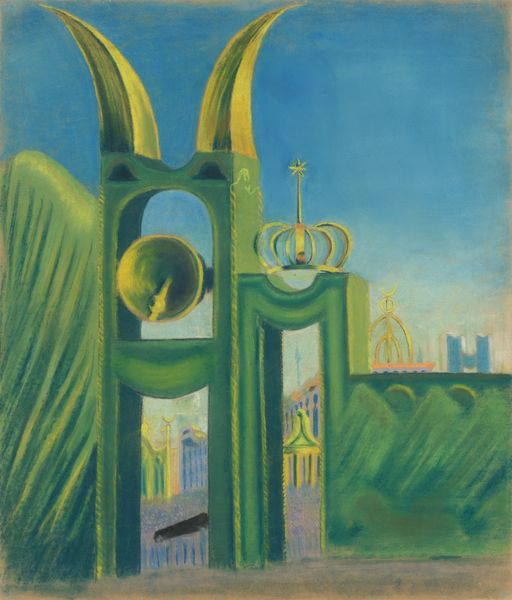
Funeral Symphony. I from the cycle of 7 paintings.
- 1903
- paper
- pastel
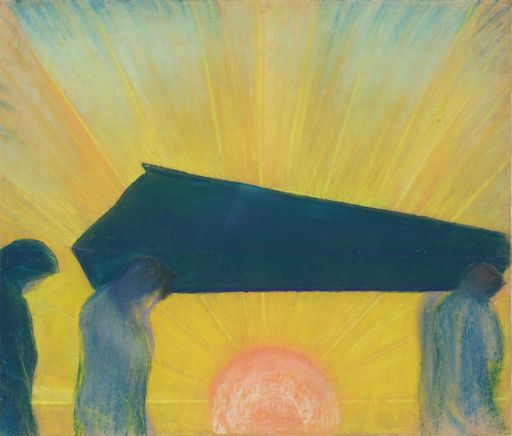
Funeral Symphony. II from the cycle of 7 paintings.
- 1903
- paper
- pastel

Funeral Symphony. III from the cycle of 7 paintings.
- 1903
- paper
- pastel
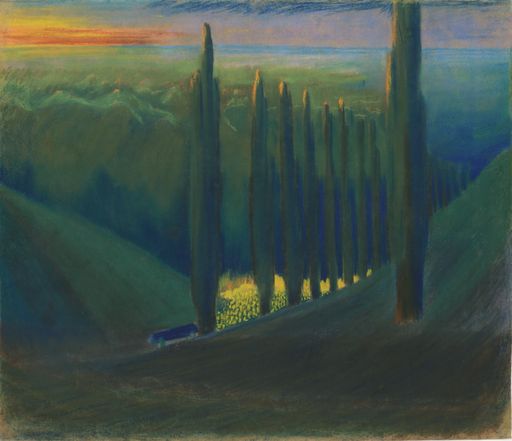
Funeral Symphony. IV from the cycle of 7 paintings.
- 1903
- paper
- pastel
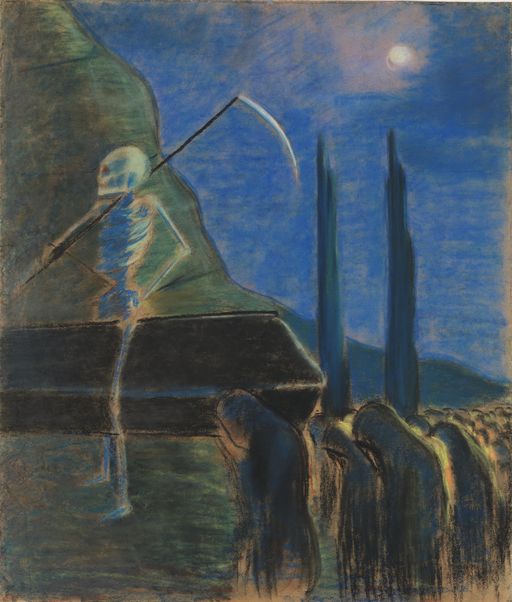
Funeral Symphony. V from the cycle of 7 paintings.
- 1903
- paper
- pastel
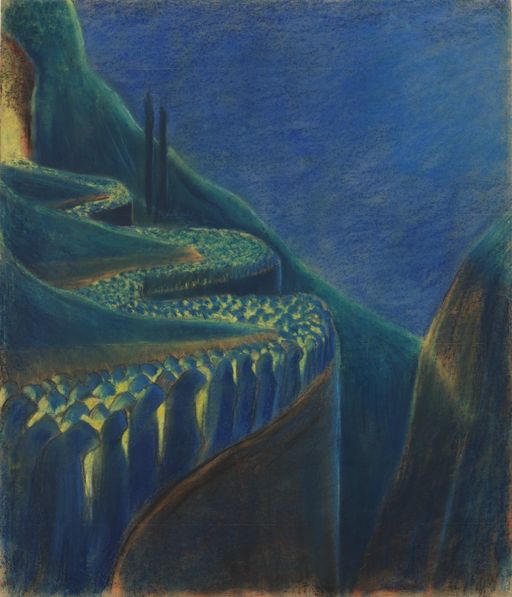
Funeral Symphony. VI from the cycle of 7 paintings.
- 1903
- paper
- pastel
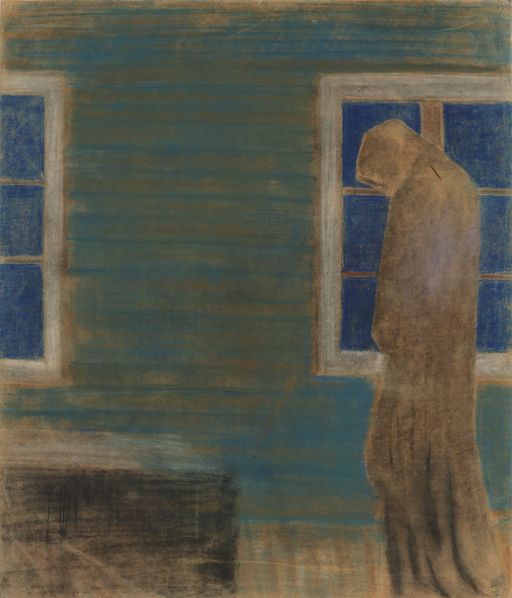
Funeral Symphony. VII from the cycle of 7 paintings
- 1903
- paper
- pastel